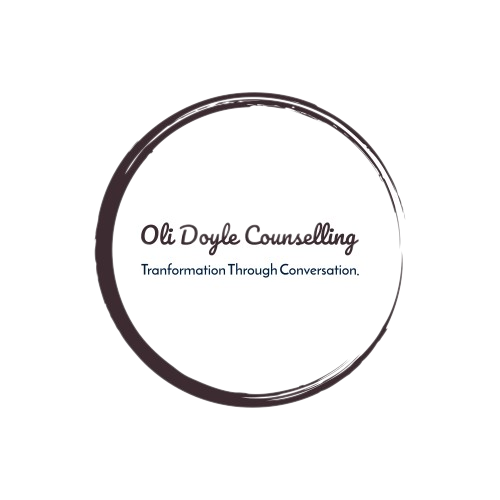Anger comes like a bushfire, ripping through your thought processes and threatening to uproot everything unless you can hold onto something. And if that anger is let loose on the world outside then you will find yourself with a hell of a mess to clean up once the firefront has passed.
The same can hold true for many emotions, like sadness, shame and despair, they can come with such intensity that they overwhelm our capacity to cope.
So what do we do when feelings come with such force, when they seem like they will go on forever, when there is no light at the end of the tunnel?
There are two ways to deal with emotions like these, and both are needed if we are to live a healthy emotional life. In this article I will take you through both, using one simple technique to reduce the power of emotions and get you back in control.
That technique is noticing and naming.
Name it to Tame it:
In his classic book The Mindful Therapist, Dan Siegel uses the simple phrase name it to tame it to describe the process of getting back in control when strong emotion is present.
This is how we do it…
Look inside yourself now, directing attention into your body, and see what sensations are present. Find the strongest one, which could be an emotion or a physical sensation, and describe it out loud or in your mind.
Use this formula…
I’m noticing some…in my…
For example, I’m noticing some tension in my right shoulder…or…I’m noticing some anger in my chest.
Now add a description…
It feels/feels like…
For example, It feels heavy and rigid…or…It feels like a rubber band stretched across my shoulders.
Now see if you can sit, breathe and notice the feeling for a minute or so and see what happens. The point is not to do anything with or about the feeling but just to connect with it.
Great…But what does that actually do?
When we get flooded by emotion, we lose the ability to use language, problem solving and other capacities that are deployed by parts of the brain that are shut down by the emotional flood.
Deliberately using language to talk about the emotion brings those parts of the brain back online and gives us a sense of distance from the feeling.
So instead of being angry I am watching anger, which is one element of my experience right now. This allows emotions to be processed (felt and integrated) in a way that is safe and easy.
So now you have the technique, let’s move on two the two ways to use it.
The Two Ways:
You can use this technique in two places – when strong emotion is present and as a deliberate practice to get more connected to your emotional life.
Let’s look at each in turn.
Regular Practice – Fire Drills and Backburning:
Taking a few minutes each day to just sit and scan your body for feelings and then to name and describe them, is a simple way to practice this skill so that it is available when you need it.
It’s kind of like a fire drill, rehearsing the steps and internalising them so they’re instinctive, recorded in muscle memory.
The added bonus of this is that, like back-burning in bushfire country, it burns up old emotion that has not been processed, leaving less to explode when the world triggers you (which it always will eventually).
Three to five minutes a day of this practice is enough to make a big difference.
Responding When Emotion Strikes – Firefighting:
The second place we can use this skill is in the middle of an emotional bushfire. This can be hard to remember (which is why regular practice is helpful) but if you can find the space to notice and describe your inner experience, even if it’s after an explosion, then you can retrain your brain to respond differently to emotional distress, one trigger at a time.
Note that the term firefighting does not mean we are at war with the feelings, it means that we hold a safe space, containing them and preventing them from spreading until they burn out on their own.
Containe, hold space, notice name and describe, and see how your emotional life begins to transform.

Recent Comments